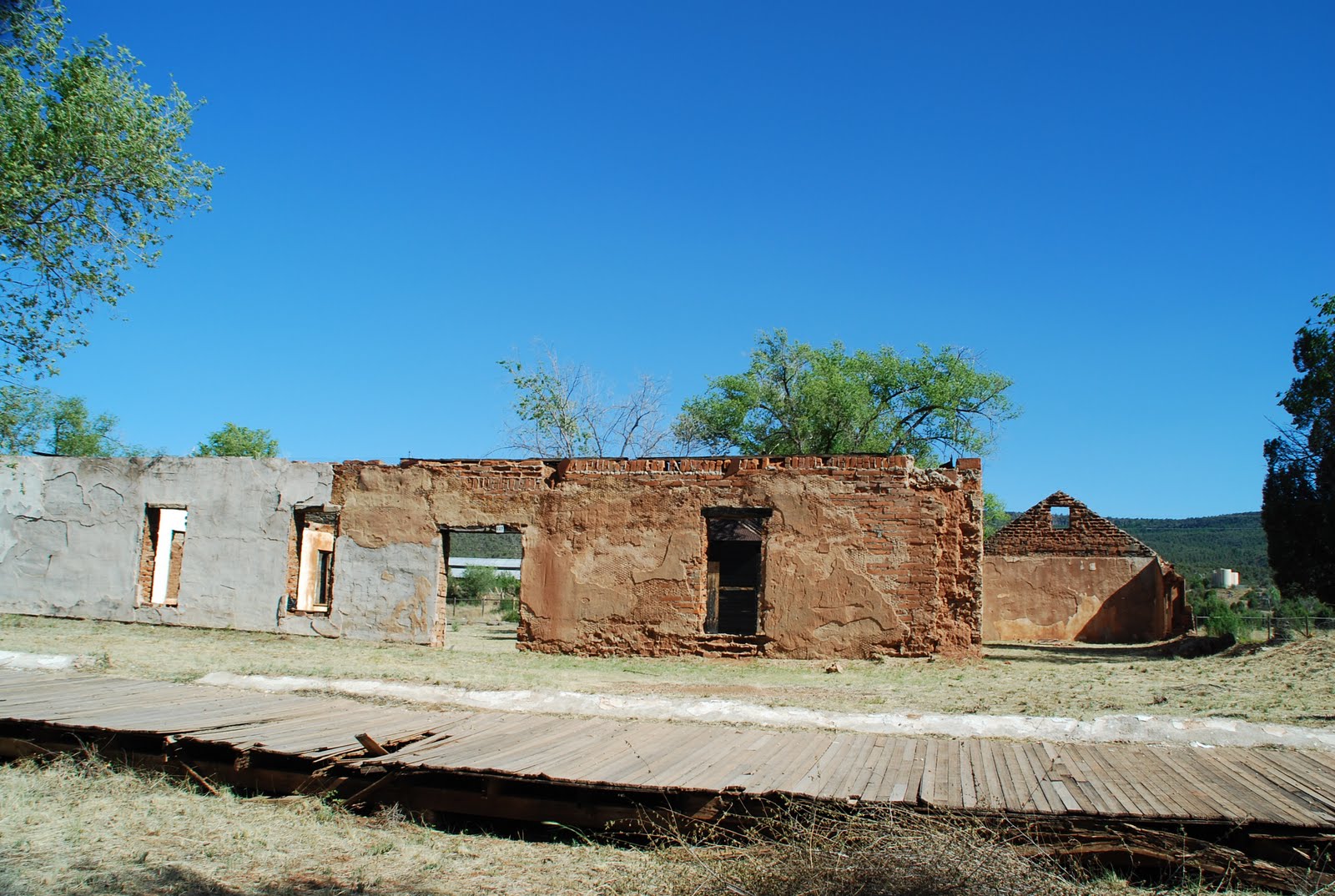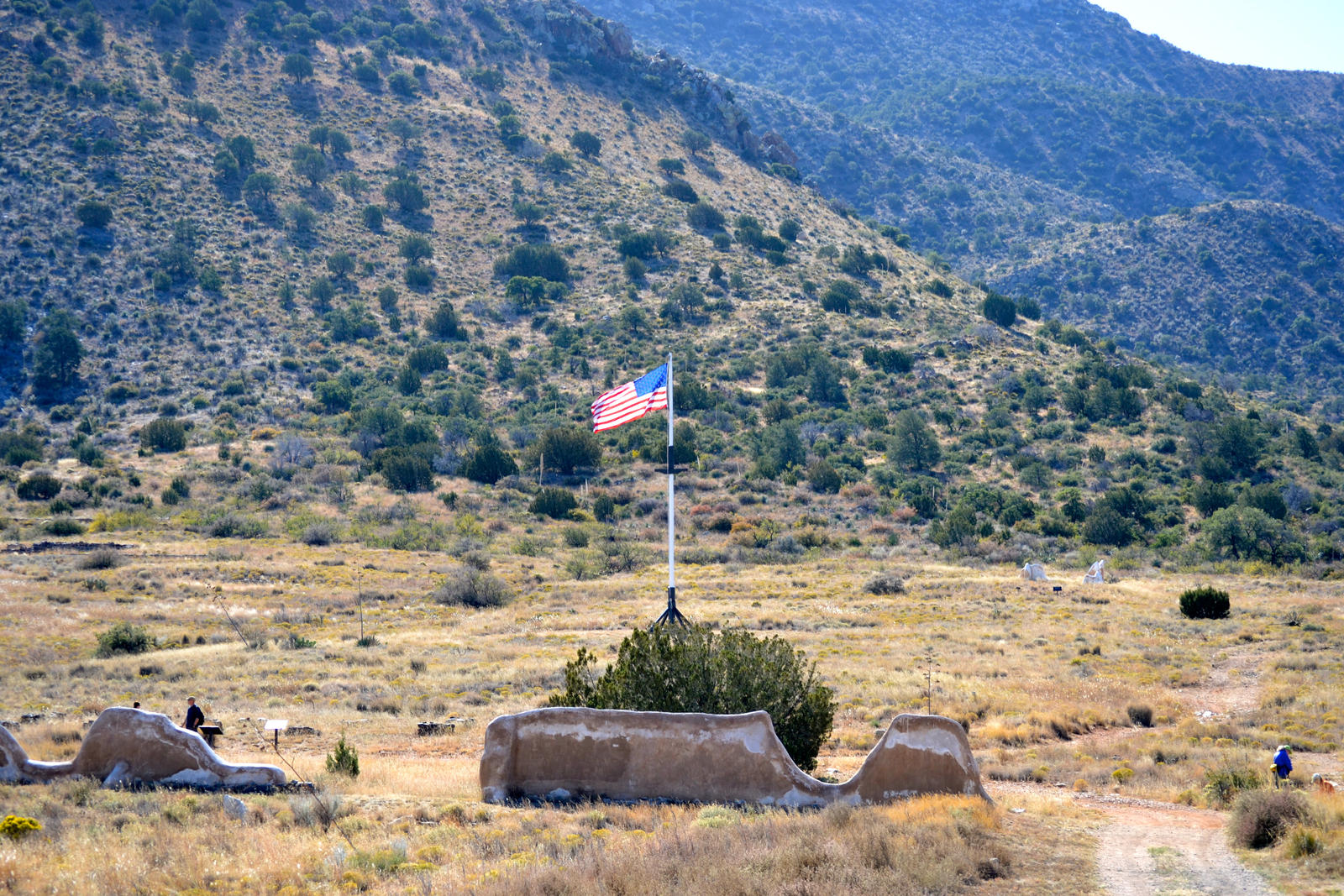
Bernard John Dowling Irwin
(June 24, 1830 – December 15, 1917)
The earliest military action to be awarded a Medal of Honor
was performed by Colonel Bernard J.D. Irwin, an assistant
army surgeon serving in the first major U.S.-Apache conflict.
Near Apache Pass, in southeastern Arizona, Irwin, an Irish-
born doctor, volunteered to go to the rescue of Second
Lieutenant George N. Bascom, who was trapped with 60
men of the U.S. Seventh Infantry by the Chiricahua Apaches.
Irwin and 14 men, initially without horses, began the 100-mile
trek to Bascom’s forces riding on mules. After fighting and
capturing Apaches along the way and recovering stolen
horses and cattle, they reached Bascom’s forces on February
14 and proved instrumental in breaking the siege.
A collection of Irwin’s papers is held at the National Library of
Medicine.


Fort Apache, Arizona

Apache Pass, Arizona












